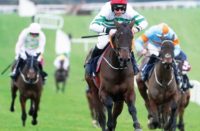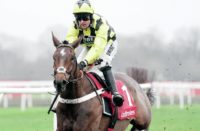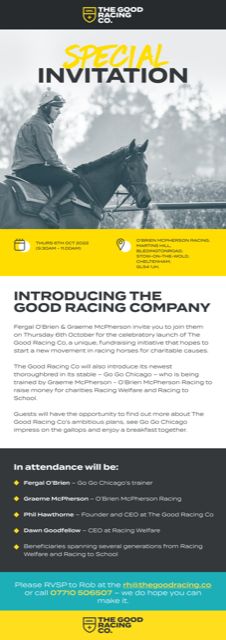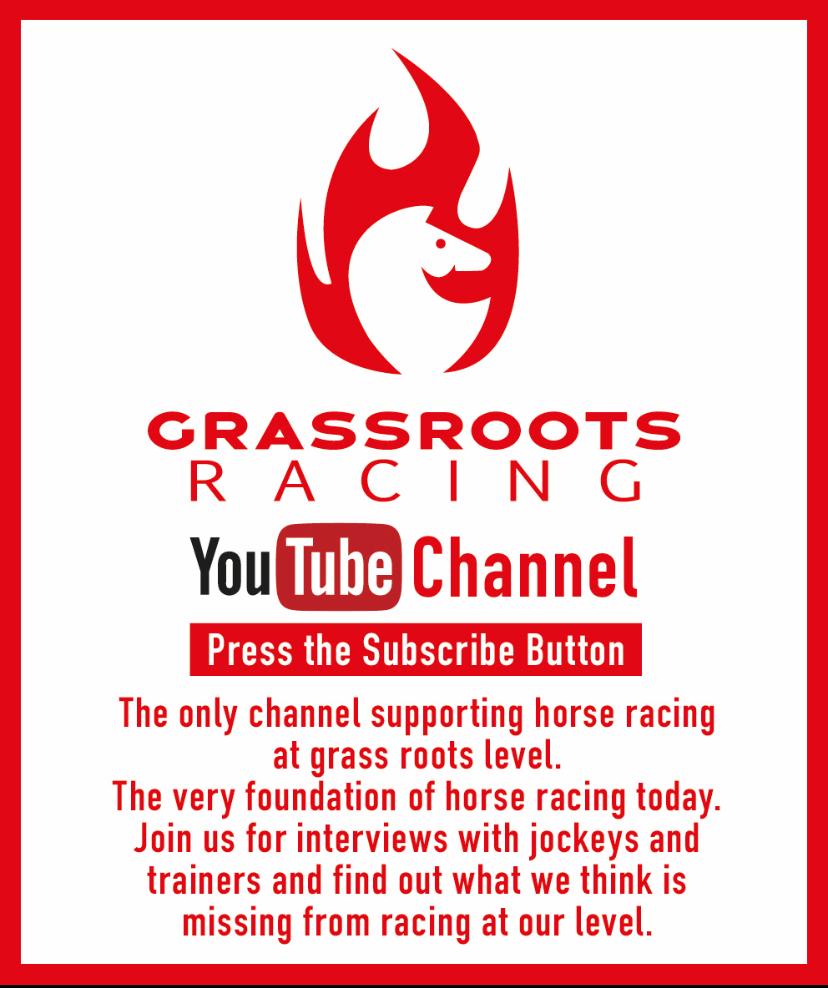The Psychology of Winning.
One would think that in order to
make a consistent profit on the horses, all you need is a winning system,
method, good tipster or simply be excellent at picking profitable winners
yourself. Unfortunately, it is no so
straight forward and many people lose not because they don't have any of the
above but because they make fundamental mistakes in betting.
A lot of people don't win because
they don't understand strike rates and losing runs. For example if you have a 50% strike rate,
which most people would consider excellent, I am sorry to tell you that whilst
you can occasionally chalk up 10 winner in a row with such a strike rate, you
can also do the exact opposite and chalk up 10 losers. True the usual losing or winning run is 4 to
6 but on occasion it will go great or terribly wrong. Now imagine you just bought a system or
joined a tipping service advertising a 50% strike rate and you ending up
getting 7 losers in a run. My experience
is most people are gone if that happens.
So even though a good profit is made long term, the punter misses out
because he can't take the hit and simply doesn't believe in the 50% strike
based on his short experience. Now what
to say of a 30% strike rate? A 30-strike
rate is very good actually and a good method or tipster will find some great
prices whilst maintaining that strike rate long term. A 30% strike rate is not
much worse than a favourite strike rate.
So, if you are not on the favourite all the time you will do far better
than favourites do regards returns. Problem
is a 30% strike rate has max hit rate of 5-7 in a row and a losing run of
18-20. Again, usually the hits and
misses are about half these levels but nevertheless if something can happen
mathematically, it will sooner or later happen. Again, even though a long-term profit is
made, most punters are long gone if a big losing run comes along. Lesson one, to win you must understand strike
rates and losing runs and you must have the discipline and fortitude to stick
it out when things go wrong.
The next problem is an emotional
response to betting. If things are going
great, we are happy and elated but this can make us make a serious error. We are having great wins; they are piling in
and we want more. We feel like we cannot lose and this time next month, we will
be loaded. So, we up our stake to take
advantage. Thing is with the world; a
correction is just around the corner. If
we normally get a 40% strike rate and that has been true long term but now, we
have a 60% strike rate, we are out of line and a losing run to correct is bound
to occur. Problem is we have just upped
our stake, so when the losing run happens, we are losing too much and our gains
are eroded if not destroyed, this results in fear and in an effort to protect
our banks we cut our stake, lowering to previous levels or lower. Losing runs don't last for ever though and
winning runs return but now we are not staking enough to win back our losses,
so the temptation is to up our stake again, the problem is by the time you
realise you are on a winning run, it is probably about to end again. I have known clients stuck on this roller
coaster, losing money when everyone else is winning on the exact same
selections. When it is explained to
them, they twig, and understand where they went wrong and it only takes an
examination at level stakes to show them.
Lesson 2. Don't mess with your
stakes. Decide your staking level and
stick too it. The only time to increase
your stake is at the end of a season unless you are doing a monthly ratchet.
In my case, my flat season starts
on the 1st of April (for most of my portfolio) and end at the end of
October. (Of course, the virus has messed that up this year). My jump season for most of my portfolio
normally starts on the 1st of November and ends at the end of
March. (However, I often do summer
jumping as well but class that as a separate season). Once you have achieved the levels you wish to
bet at, there is no need to increase stakes.
The main point is set your stake adjustment period and stick to it.
Another problem some people have is
setting their betting bank way too low. Again,
this requires an understanding of strike rates and lowing runs. For example, if you have a strike rate of
50% at what level should your betting bank be?
Well we know the maximum losing run is likely to be 10. So, if you set your bank at 10 times your
stake, you are at some point going to lose your bank. If you set it at 20 times then at some point
you will lose half your bank. Not good. I know people that will quit if they lose
half their bank; which is another mistake.
The bank is there to allow you to bet until it is all lost. (Which it never should be). I would suggest that a bank is at least 5
times the maximum losing run. So, with
a 50% strike rate you will want a bank of 50pts at least and with a strike rate
of 30% you will need a bank of at least 100pts. Lesson 3. Make sure bank is big enough so you
can bet without panic or getting worried when it goes wrong.
Finally, another problem is the way
a person bet. Some people are counter
chasers, the run to the betting counter just before off. Holding out in the hope that it may be a
better price. It probably won't be and
if it is, it will probably lose. My
research decades ago showed 75% of winners contract in price. For some reason a lot of people want to back
at SP. This is the worst possible thing
you could do, other than constantly picking losers because then it won't
matter. The bookmaker's SP is created
using the “Wisdom of the Masses” theory.
I say theory but it works out very well in the real world. If you get a large jar of jelly beans and
ask people to guess how many jelly beans are in the jar, you will get all sorts
of answers but if you ask enough people then the average of the guesses will be
very close to the actual number. The
more people that guess that more accurate the average. In the bookmaker's case this is applied using
money as the “guess” and the chance of a horse winning is very close to the price
expressed as a chance of any horse winning before application of the over
round. Now that is very important, it
tell you right off that if you back any horse at any price point consistently,
your win rate is going to very closely if not exactly match the percentage
chance represented by the price and it will be a nil sum game. That is no overall win or loss. The thing is the bookmaker has added his over
round. This assures his profit and your
loss. So why on earth would anyone bet at SP or insist a method or tipster wins
at such. Taking an early price is far
better, especially if it is Best Odds Guaranteed because you then get the
better price if it drifts. I like to get
my bets on the day before racing at BOG for most of my portfolio. However, taking a price is in my opinion
always going to be better long term than SP.
Oh, but you might say, I win at SP because I am better than the masses
at assessing a horse's chance. Fair
point but first of all, you will still get less than if you had taken a price
bet at BOG or BSP. Secondly that is no
good to a tipster, a tipsters may have a method that does show good profits at
SP until of course he take subscribers for that method, now a lot more money is
going on his selections, and SP will in general be shorter, still might make a
profit but it will be less. I mentioned
Bsp, I am afraid the same thing happens to Bsp.
Showing a profit, oneself at Bsp is a good yard stick but I still advise
taking a price or betting at BOG because the Bsp will be less with more money
going on the selections. Bsp is
overall much better than SP and can turn a losing at SP method into a
profitable one. Betting at Bog more so.
Sometimes Bsp will match Bog or better it, if the method tends to go for long
shots as the price at Bsp can be substantially better. Lesson 4.
Don't bet at SP and don't be a counter chaser (unless your method
requires it for some reason). Get on the
day before racing if can. I only run one
method that requires you to bet on the day of racing and to watch the
price. (Strike rate is in the
stratosphere).













